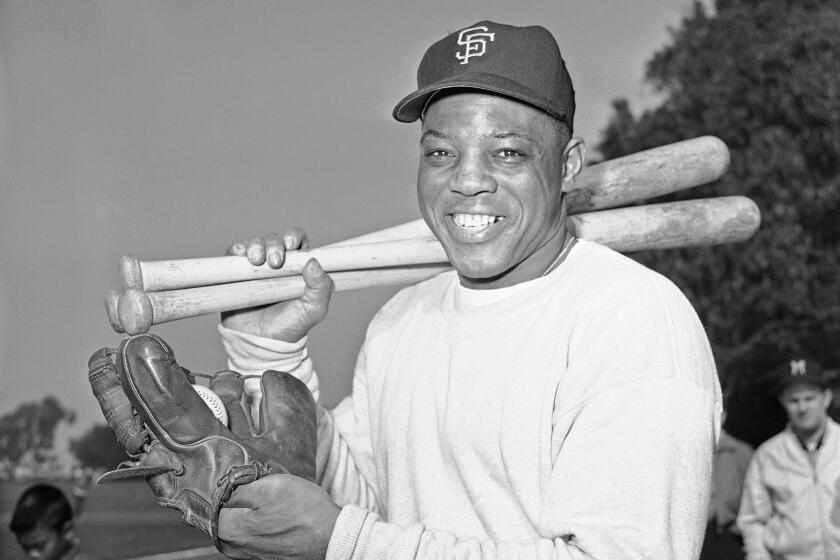Book Review : Salute to the Honored Military Decoration
The Iron Cross by Gordon Williamson (Sterling: $12.95)
If old soldiers never die, consider the longevity of their medals.
The Victoria Cross, top of the heroic line for British troops, is 129 years old and covers all engagements from Crimea to the Falklands. Our own Medal of Honor, struck during the Civil War, is only five years younger. But the Iron Cross, ah . . . despite an intermittent history and spasmodic prestige due to the interrupted fortunes of its issuing authorities, the Iron Cross remains the granddaddy decoration of them all.
The Red Baron dangled his beneath a Blue Max. Field Marshall Goering earned a couple in World Wars I and II. Erich Hartmann, the highest-scoring fighter pilot in history with more than 350 kills, parlayed his Iron Cross through several clusters to a senior class with diamonds. Rommel wore one as himself and when played by Richard Burton.
The Iron Cross was instituted in 1813 (likely the smallest commission for Berlin architect Karl Friedrich Schinkel) to honor Prussian troops engaging Napoleonic forces during the Freedom War . . . when Britain and Prussia were allies against France.
It was revived for World War I by Kaiser Wilhelm and renewed by Adolf Hitler for World War II . . . when Germany and Britain were enemies.
Now there’s the 1957 version--one stripped of the Nazi swastika--that accommodates a West German law rescinding a 1945 ban on the wearing of Third Reich decorations . . . now that Germany’s armed forces are part of NATO’s.
British author Gordon Williamson, an experienced military writer, has produced a nifty biography of a device that still appears on everything from West German jets to gold charms.
For collectors, his well-illustrated book sifts nicely through all variations of every generation of the Iron Cross, its trivia (name the British officer who won both the Victoria Cross and the Iron Cross for bravery), the rip-offs of current reproductions (a firm in Vienna still manufactures copies of Iron Crosses from the molds it used in World War II) and the medal’s somewhat overinflated reputation as a symbol of combat bravery.
British servicemen in World War II earned only 182 Victoria Crosses.
Among U.S. forces, the count was fewer than 450 Medals of Honor.
Yet between 1939 and 1945, there were eight classes established for the Iron Cross, and their awards totaled more than 6 million.
